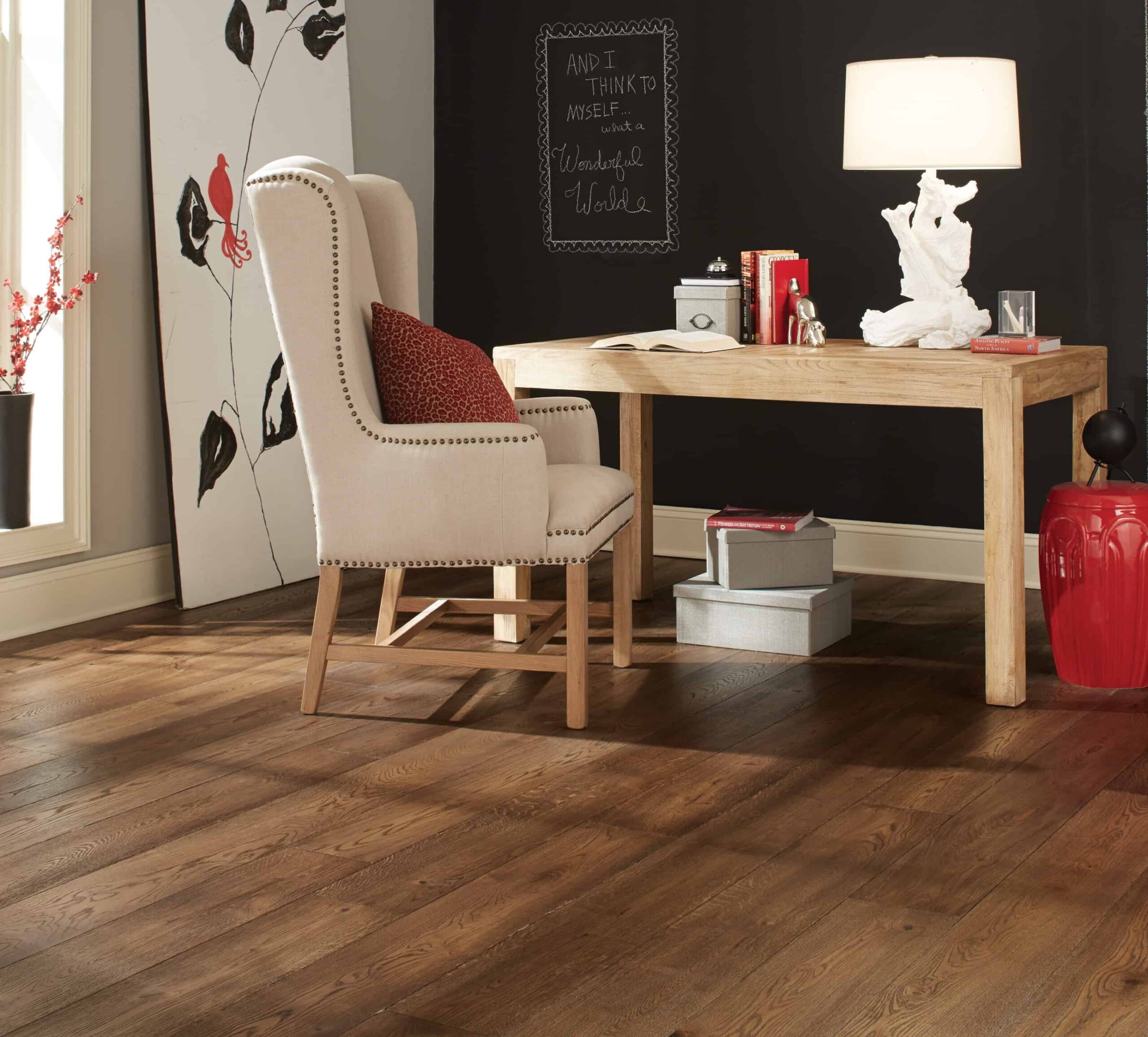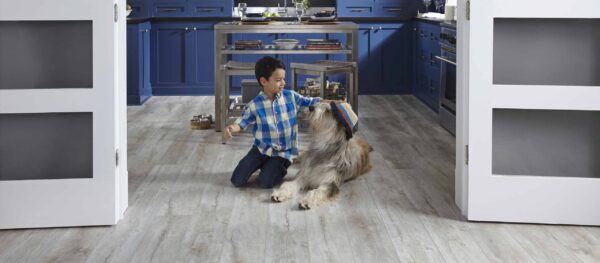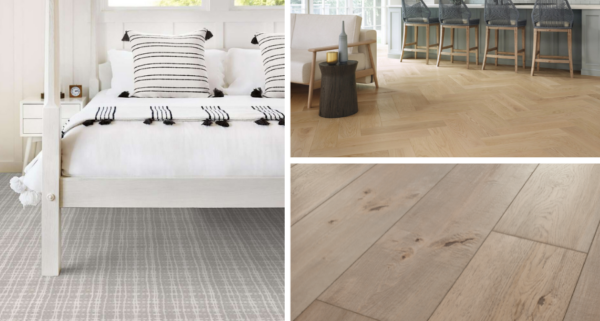What you Need to Know
Checking, cupping, and gapping. These are words you never want to hear when talking about your hardwood floors. Hardwood floors are a natural product and are sensitive to humidity as it absorbs and loses moisture when it reacts to its surrounding environment. Keeping humidity levels in check will prevent potential damage to your floor.
Here are images of hardwood floors that have been affected by some form of humidity:
Checking
Checking consist of fine hairline cracks running along the grain on the surface of the wood flooring.
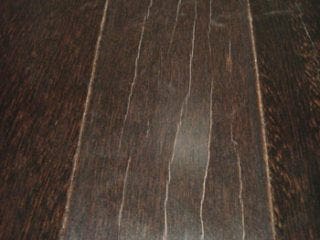
Cupping
Cupping is an appearance where the edges of the planks are higher than the centre. This condition can affect an entire floor or just a few planks in one confined area.

Gapping
Spaces between the planks of a floor in either the length or width of the planks are known as gapping.
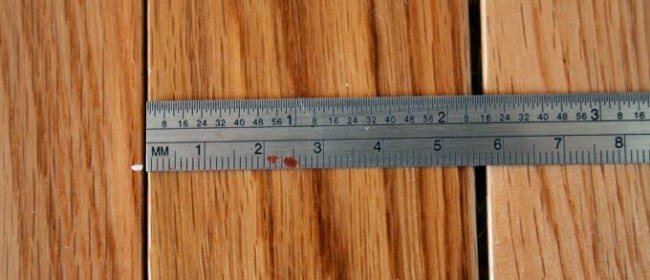
So how do you keep humidity levels in check?
Always follow the golden rule: You need to monitor humidity levels in your home all year long. Your flooring specialist will give you the specific guidelines for humidity levels for your particular hardwood based on the manufacturer recommendations. These guidelines will vary based on geographic location and type of hardwood installed. Receiving accurate information is an important reason for dealing with a professional flooring company.
Significant fluctuations outside the recommended ranges can result in checking, cupping or gaps. A humidifier and hygrometer are strongly recommended. If your humidity levels are beyond the recommended range you need to make adjustments:
Low Humidity:
If your humidity drops too low, your hardwood floor can shrink and weaken which can cause splintering or splitting (checking) along the grain as the wood dries out. More commonly you will see gapping between floor boards that can vary in size.
If your levels are too low, you need to raise the humidity level using a humidifier to increase the moisture in the home.
High Humidity:
If your humidity is too high, you risk having moisture seep into the wood which will cause it to swell. Once this occurs, pressure builds up between the planks which cause cupping or warping resulting in edges that are raised on each board and centres that are lower than the edges.
If your levels are too high, use a dehumidifier or turn on the air conditioning.
Other considerations:
- Before installing your hardwood floor, your estimator will check and document your moisture levels while in your home (relative moisture of the subfloor and the air) to make sure they are within the recommended levels and that the hardwood can be installed. An important reason to work with a professional flooring company when making an investment in hardwood flooring.
- The temperature in the home must be maintained between 15 and 26 Celsius at all times.
- Seasonal Gapping: You may notice gaps that appear and disappear in your floor as the seasons change. This is more noticeable in homes with gas/propane heating. This is a normal condition and cannot be prevented.
- Acclimating your new hardwood flooring is no guarantee that your flooring will not expand or contract later, but it helps balance the scale with regards to how much it will change later. To help balance the equilibrium it is critical to allow newly purchased hardwood flooring to acclimate to its new environment for anywhere from 48 hours or longer prior to it being installed. During the installation, your professional installer will leave a space of between 3/8 -3/4 of an inch at all walls or fixed objects so that if there are extreme swings in the normal relative humidity in your home, the flooring can expand and/or contract normally.
How to know what the relative humidity levels are in your home
There are small inexpensive digital hygrometers found in hardware stores or home centres that will display the relative humidity levels within your home. With these devices you can easily use the methods above to help control your environment.
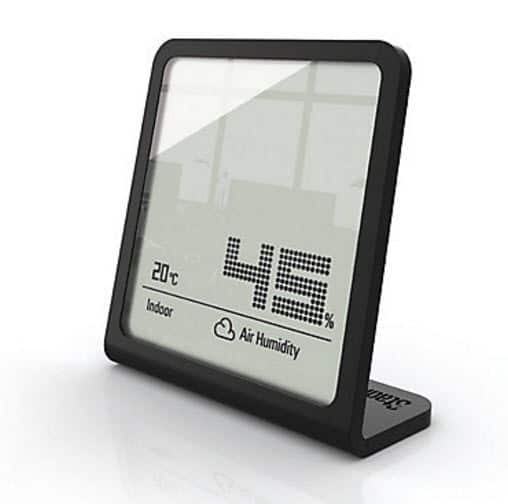
Always control the moisture through ventilation, ie. kitchen, bathroom, furnaces, continual flow, high efficiency = air being controlled by some form of humidification/de-humidification. Everyday living causes humidity in your home, ie: showers, cooking, dishwashers, washing machines, dryers and wet boots and clothes. Regularly using ventilation fans will help circulate the air. Also make sure you have adequate ventilation through your soffits, roof ridge, basement and crawl space.
Unfortunately, damage done to your hardwood floors due to a humidity issue is not covered by the flooring manufacturer’s warranty. The responsibility to maintain a stable environment in your home falls on the home owner. Your flooring specialist will provide you with the information and advice to ensure it stays in shape and your investment is protected.
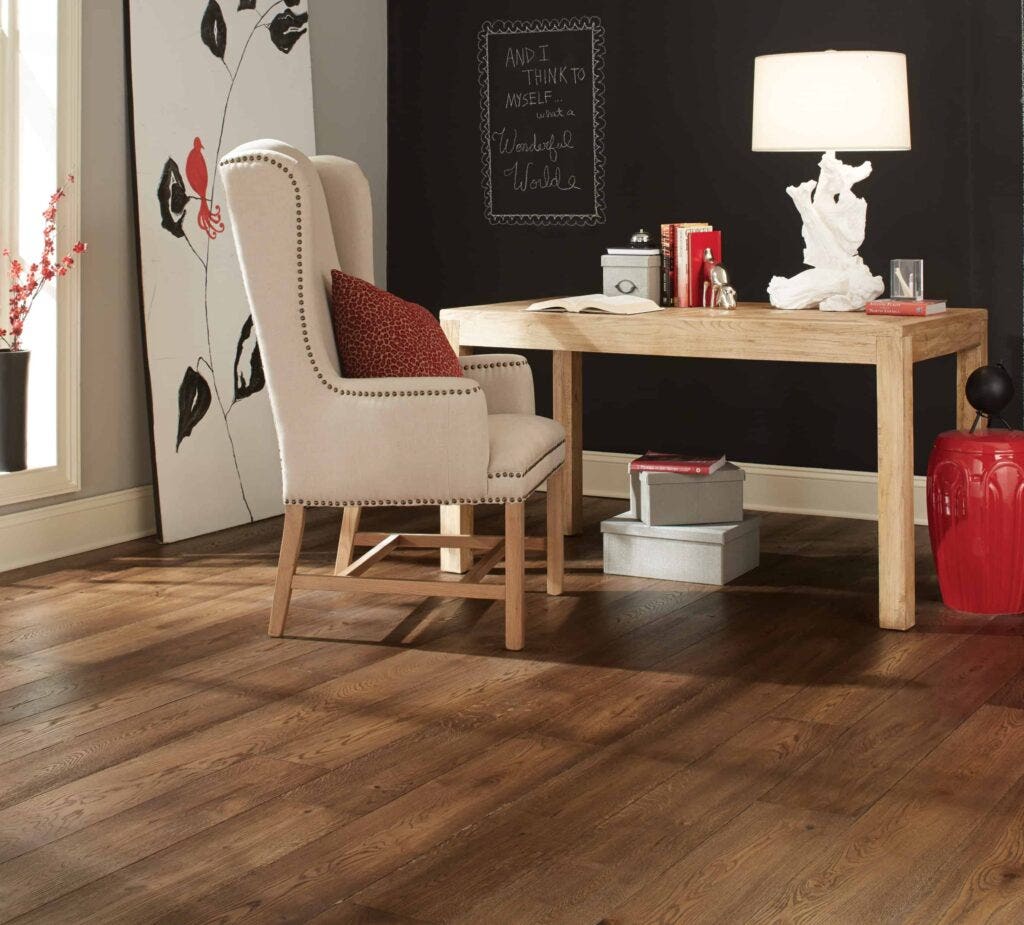
Hardwood floors are beautiful and it is important to always remember that wood is an organic material that will react to its environment. A good gauge to use is how is your skin feeling when you’re in your home? If your skin feels good, then chances are your wood flooring will be feeling good as well!
If you have any questions on how to protect your hardwood floors from humidity or other environmental factors, let us know! We’re here to help. You can also check out our Floor Care page, and download our Hardwood Care brochure.

